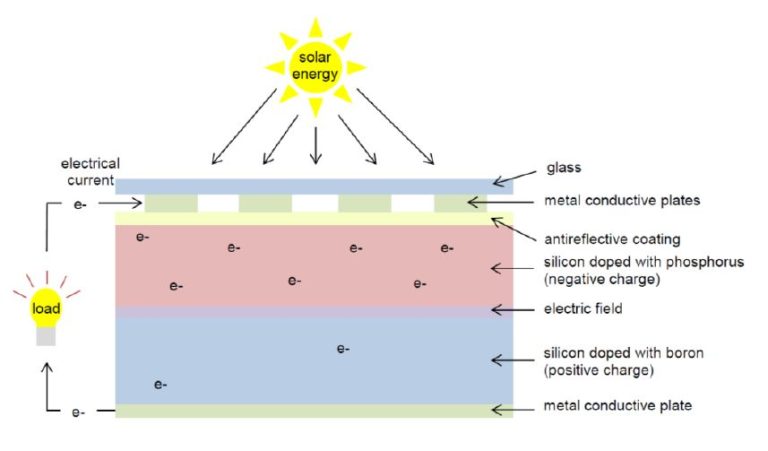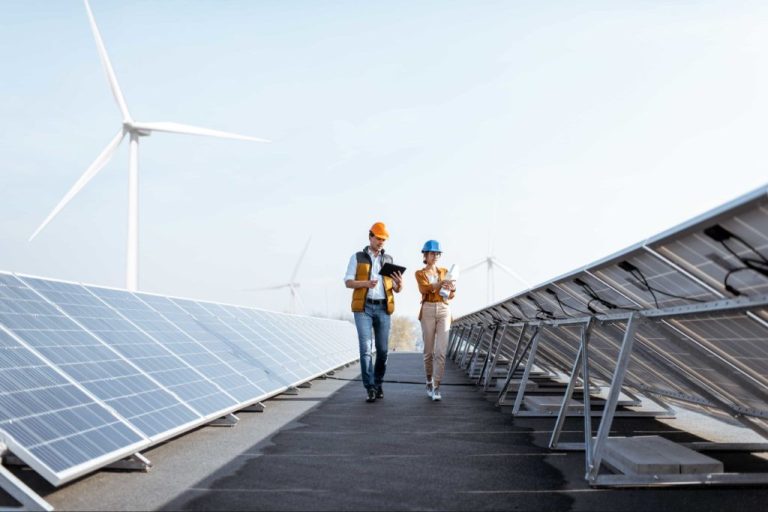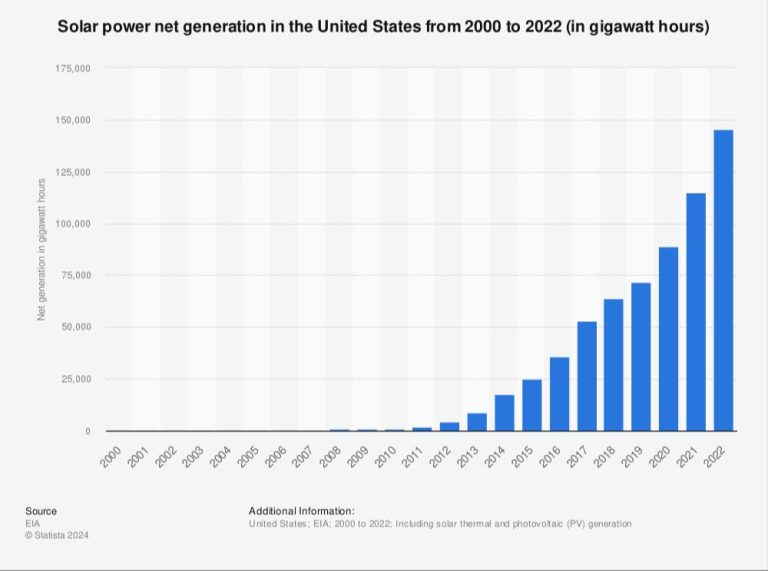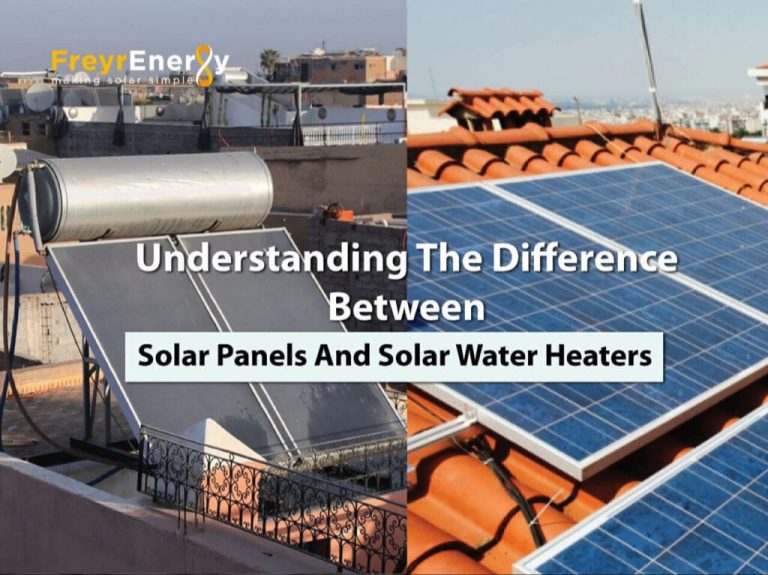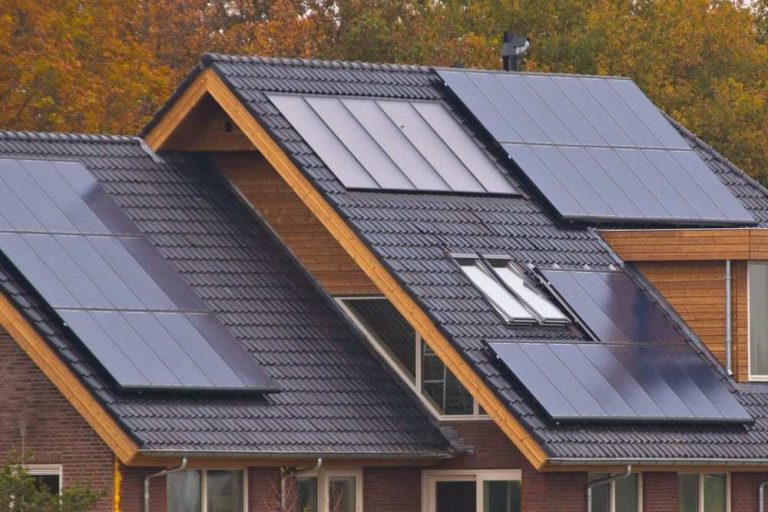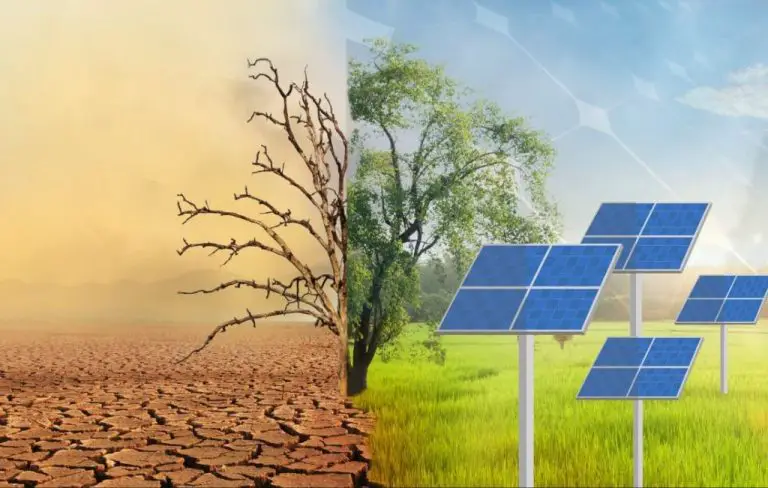What Is The Renewable Energy Scheme In Queensland?
Renewable energy such as solar, wind, and hydropower has grown rapidly in Australia over the past decade. As of 2021, renewable energy accounted for around 30% of Australia’s electricity generation. This growth has been driven by federal renewable energy targets, incentives, and declining technology costs.
Queensland has followed the national trend, with the state government implementing policies and programs to support renewable energy development. A key initiative is the Queensland renewable energy target (QRET), which was launched in 2017. The QRET aims to achieve 50% renewable energy by 2030.
The goals of the QRET are to increase investment in large-scale renewable energy projects, grow the number of renewable energy jobs, put downward pressure on electricity prices, and reduce Queensland’s carbon emissions. The scheme works by legislating renewable energy generation targets and requiring energy retailers to source increasing amounts of electricity from renewable sources.
Since launching the 50% by 2030 target, Queensland has made strong progress. Recent announcements have increased the state’s renewable energy goals to 70% by 2032 and 80% by 2035. The QRET is a central policy underpinning Queensland’s transition to a clean energy economy.
History
Queensland’s renewable energy scheme was initially introduced in 2000, when the state government passed the Electricity Act and mandated that electricity retailers purchase a set amount of power from renewable sources like solar and wind farms each year (History of the scheme).
In 2007, the national Renewable Energy Target was expanded under the Rudd government, which aimed to source 20% of Australia’s electricity from renewables by 2020. Queensland’s state-based scheme was then absorbed into the national RET (Queensland’s renewable energy target).
A major change came in 2015, when the Queensland government set a target of 50% renewable energy by 2030 and established the Queensland Renewable Energy Expert Panel to advise on achieving this goal. This accelerated the development of large-scale wind and solar projects across the state (Queensland’s Renewable Energy Zone history).
Most recently in 2021, the Queensland government passed the Electricity Infrastructure Act which provides a framework for delivering Renewable Energy Zones (REZs) to help meet the state’s renewable energy and emissions reduction targets.
How it Works
The Queensland Renewable Energy Target (QRET) scheme works by requiring certain electricity retailers and large energy users in Queensland to source a percentage of their electricity from renewable sources. This is done through a market-based certificate trading scheme.
Electricity retailers and large energy users that meet or exceed the annual QRET target are awarded one certificate for each megawatt hour (MWh) of eligible renewable electricity they purchase or generate. These certificates can then be sold to liable entities that have not met their renewable energy targets. This market-based trading creates a financial incentive for renewable energy investment and generation.
The percentage renewable energy target increases gradually each year, reaching 50% by 2030. Liable entities must surrender enough certificates to meet their renewable energy target obligation.
Eligible renewable energy sources under QRET include solar, wind, hydro, biomass from agricultural waste, and geothermal. When one of these renewable energy generators sells renewable electricity to the grid, they can create QRET certificates for each MWh.
The QRET scheme is administered by the Queensland Government’s Office of Clean Energy Regulator. They oversee accreditation of renewable generators, creation and trading of certificates, ensure compliance, and calculate annual renewable energy targets.
Eligible Technologies
The Queensland renewable energy scheme supports a wide variety of renewable energy sources, including solar, wind, biomass, biogas, hydroelectric power and more. Some of the main technologies that are eligible for funding and support include:
- Solar PV – Funding is available for both small and large scale solar photovoltaic systems.
- Solar thermal – Concentrated solar thermal projects that generate electricity are eligible.
- Wind – Utility-scale wind farms as well as smaller turbines can receive support.
- Bioenergy – Using organic matter like agricultural waste, forestry residue, municipal waste, algae etc. to produce renewable energy.
- Hydroelectricity – Both large and small scale hydro projects are included.
The goal is to support a diverse mix of renewable energy sources across Queensland. Technologies must be commercially proven and able to connect to the electricity grid in order to qualify for funding under the scheme.
Target
Queensland currently has a target of 50% renewable energy by 2030. This target was set in 2017 as part of the Queensland Renewable Energy Plan, which aimed to accelerate renewable energy development in the state.
The Queensland government plans to increase this target over time. In the lead up to the 2020 state election, the Labor party pledged to lift the target to 70% renewable energy by 2032 if re-elected. After winning the election, the government confirmed it would officially adopt the 70% by 2032 target.
Achieving these renewable energy targets will require major growth in large-scale solar and wind farms connected to the grid. The Queensland Renewable Energy Zones initiative is working to facilitate this by coordinating and streamlining the development of new renewable energy hubs across the state.
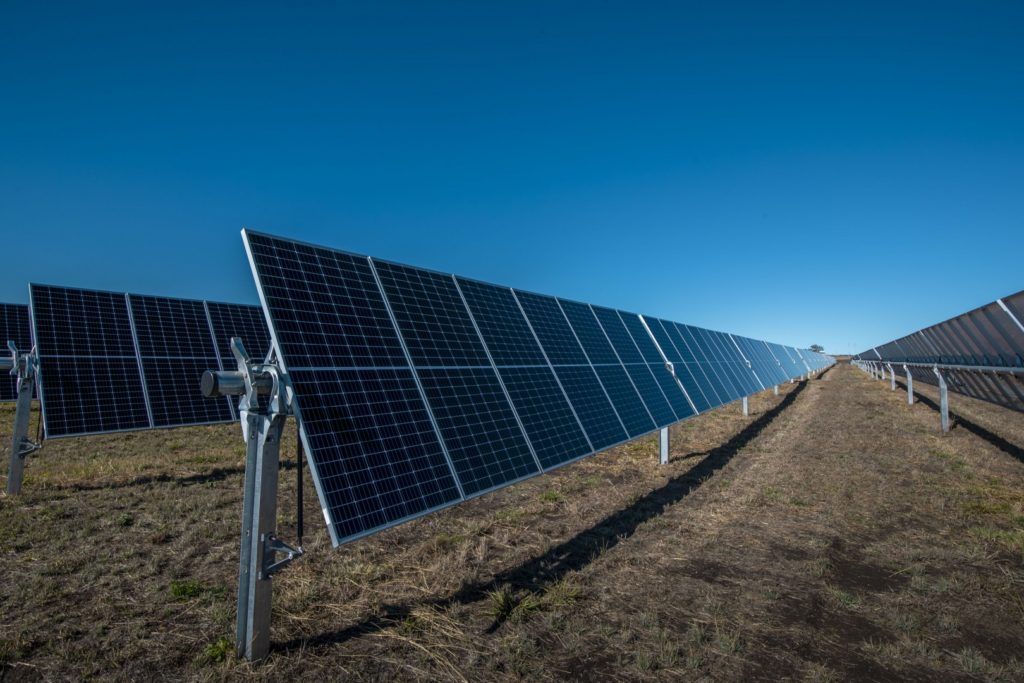
Funding
The Queensland Renewable Energy Scheme gets its funding through a levy on electricity prices paid by consumers in Queensland. The levy adds around $50 to the average annual household electricity bill. This helps pay energy retailers for the extra cost of meeting their renewable energy targets under the scheme.
The levy is collected by electricity retailers from their customers. Retailers then pass the funds to the Queensland government, who uses it to pay eligible renewable generators for the clean energy they produce. In this way, funding flows from consumers to the government to renewable energy providers.
The cost of the scheme to consumers has drawn some criticism, as it raises power bills. However, advocates argue this small increase is outweighed by the benefits of incentivizing renewable energy development in Queensland. Overall, the scheme aims to transition the state to cleaner energy while minimizing costs through market-based mechanisms.
Additional funding for the implementation and administration of the scheme comes from Queensland’s consolidated fund. This covers expenses like IT systems, legal advice, scheme reviews, and managing the levy.
Criticisms
The renewable energy scheme in Queensland has faced some criticism since its inception. One of the common critiques is that the scheme places an unnecessary burden on electricity consumers to fund renewable energy projects. Under the scheme, energy retailers are required to purchase renewable energy certificates based on a percentage of their sales. This cost is passed on to consumers through their electricity bills, resulting in higher prices.“Project News | Ground Engineering,” This has led to claims that regular households are unfairly bearing the costs of the renewables transition.
There have also been some controversies around the operation of the scheme. In particular, some have argued that the scheme enables the creation of “phantom” renewable energy certificates that do not represent new renewable generation. This can occur when a renewable energy project claims certificates for generation above its baseline level that would have occurred anyway. There are concerns that this diminishes the effectiveness of the scheme in incentivizing additional renewable capacity.“Project News | Ground Engineering,” These types of issues have fueled debates about reforms needed to improve the scheme’s integrity.
Benefits
The Queensland renewable energy scheme provides numerous benefits to the state, both environmentally and economically. By increasing the share of renewable energy, carbon emissions from electricity generation will be reduced significantly. This will help Queensland meet its emission reduction targets and contribute to mitigating climate change (Why renewable energy?).
In economic terms, the renewable energy scheme will stimulate investment and job creation in the clean energy sector. Modelling by the Queensland government predicts that achieving the 50% renewable target by 2030 could generate over 7,500 construction jobs and 2,000 ongoing jobs, particularly in regional areas where many large-scale projects are based (70% renewables target by 2032 announced in landmark Queensland Energy and Jobs Plan). This provides opportunities for workforce transition from traditional energy industries.
The scheme also aims to put downward pressure on electricity prices in the long-term by increasing competition and supply in the market. More renewables entering the system can provide a buffer to volatile gas prices. Overall, the renewable energy scheme will deliver cleaner, cheaper and more reliable power for Queensland homes and businesses.
Case Studies
Queensland’s renewable energy scheme has seen many successful projects completed under its funding. For example, the Daydream Solar Farm was one of the largest projects supported by the scheme. Located south of Townsville, it consists of over 350,000 solar panels capable of powering over 35,000 homes. The project received $9.8 million in funding from the renewable energy scheme (source).
Another major project funded was the Hamilton Solar Farm near Collinsville. With over 500,000 solar panels, it can generate up to 195 megawatts of renewable energy. The renewable energy scheme contributed $20 million in funding to help bring the $400 million project to life (source).
These large-scale solar farms showcase how the renewable energy scheme provides critical support for major renewable energy projects in Queensland. The funding helps drive growth in renewable energy capacity across the state.
Future Outlook
The Queensland government has ambitious plans to continue expanding and improving the renewable energy scheme in the coming years. The goal is to reach 50% renewable energy by 2030, as part of the state’s efforts to reduce carbon emissions and fight climate change (1). This will require attracting significant additional investment into new large-scale renewable projects across Queensland.
There are some challenges going forward. The current electricity grid will need major upgrades to accommodate the influx of diverse new renewable sources like solar, wind and batteries. Connecting new projects in remote areas to the main grid remains difficult and expensive. There is also ongoing debate about how to balance priorities like affordability and reliability along with the renewable target (2).
Overall, the renewable energy scheme has proven successful so far in Queensland and enjoys wide public support. With careful planning and evolving technologies, the state government is optimistic they can overcome the remaining hurdles to continue expanding renewables and decarbonizing the electricity system over the next decade.

